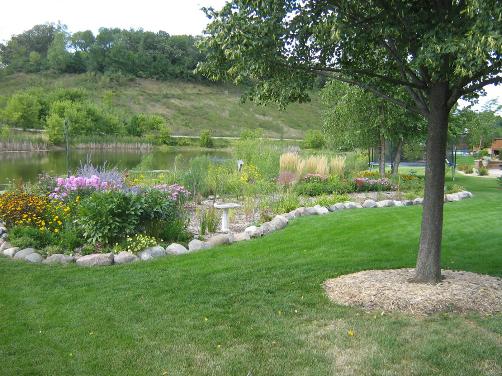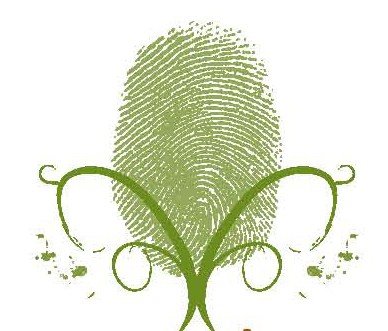 Shoreline
Stabilization and Riparian Zone Shoreline
Stabilization and Riparian Zone
A good example of natural shoreline stabilization is at the D River
Open Space canal where there are huge willows and lots of shoreline vegetation.
The plants provide wildlife habitat for migratory birds and protection
for native pond turtles and shade for native fish.
Not everyone is dedicated to having so much vegetation on their property,
but even just covering part of a yard with natural vegetation can benefit
water quality.
The Devils Lake Water Improvement District (DLWID) new Shoreline Planting
Guide - download pdf
Washington
State shoreline plant suggestions - Shoreline
plants pdf
Riparian Zone
Riparian Lands Tax Incentive Program
http://www.dfw.state.or.us
Landowners who work with ODFW to draw up a management plan to protect riparian
areas on their property may qualify for a property tax exemption when they agree
to implement the measures described in the plan.
The Riparian Tax Incentive Law was passed in 1981 when the Oregon Legislative
Assembly declared that “it is in the best interest of the state to maintain,
preserve, conserve and rehabilitate riparian lands to assure the protection of
the soil, water, fish and wildlife resources of the state for the economic and
social well-being of the state and its citizens."
Contact your local ODFW fish biologist for more information.
Contact Us - Need more information?
Phone: 503-947-6000 or 800-720-6339 (Toll free in Oregon)
Mail to: ODFW
Information and Education Division
3406 Cherry Ave. NE
Salem, OR 97303
email: ODFW.info@state.or.us
Blue Thumb Program
Love Your Stream?
Then, Love Your Riparian Zone!
Leave your stream in a wild state! The riparian zone is the area along a stream
or lake where grasses, trees, and shrubs grow along the banks. A riparian area
left intact is one of the best ways a waterbody can be protected. The natural
growth along the stream will:
• Add shade to keep water cool, which is better for stream life.
• Provide roots to keep soil in place and stabilize banks.
• Filter pollutants from water.
• Offer wildlife habitat and corridors for movement.
In urban areas, riparian zones are frequently cleared to make more land available
for development or to create a "manicured" look. In rural areas, farming
activities may be taking place right to the creek's bank. Help your neighbors
to understand the value of riparian areas, and give your creek the chance to
be a high quality waterbody.
from the Oklahoma Conservation Commission (OCC)
Home
Blue
Green Thumb Watershed Education Program -
A
program of the Preservation Association of Devils Lake (PADL)
Copyright © 2003-2010 Preservation Association of Devils Lake
(PADL)
All
rights reserved.

P.O. Box 36
Lincoln City, OR 97367
PADLsteward@wcn.net
www.devilslakeor.us
|

